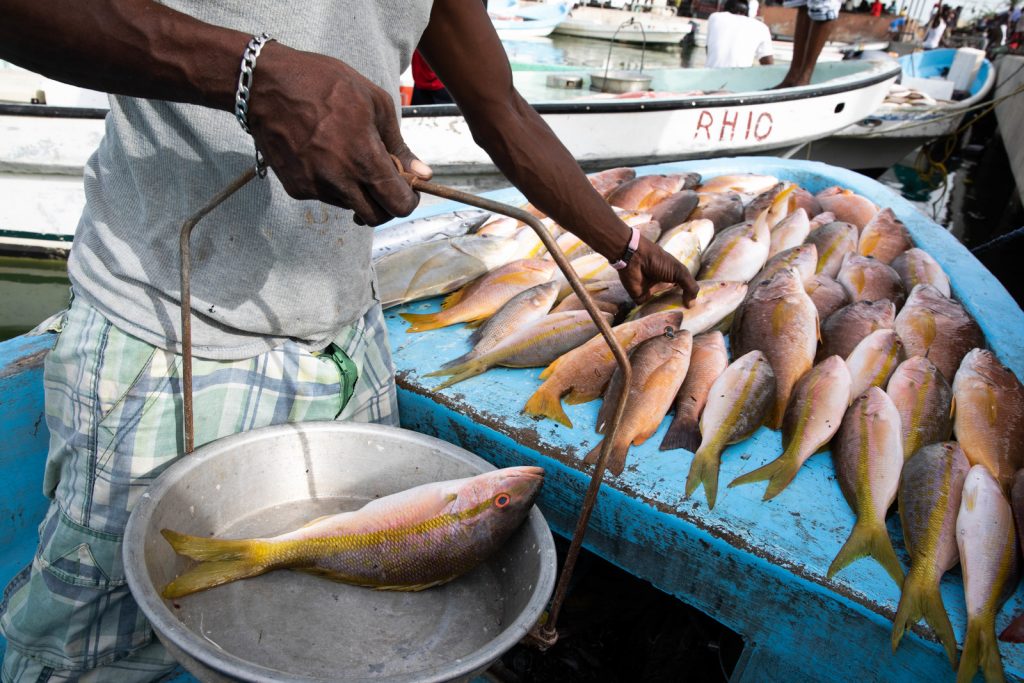What is RBM?
Resilience-based management (RBM) is an approach to natural resource management that focuses on enhancing the resilience of ecosystems, communities, and social-ecological systems. ref The main goal of RBM is to identify and prioritize management actions that enhance ecosystem resilience.
Watch a presentation about RBM by Dr. Lizzie McLeod or download the presentation PDF:
RBM seeks to enable social-ecological systems to withstand and recover from disturbances, changes, and uncertainty, while supporting the well-being of communities. This requires an understanding of how a local coral reef ecosystem is likely to respond to a diversity of impacts at different scales. ref Ultimately, management objectives for RBM will be different depending on the local context, including different threats and enabling conditions that support or challenge reef management. RBM examples include:
Ecological examples:
- Reducing local threats to reefs, such as land-based pollution, overfishing, and coastal development, which cause stress to corals and make them less able to resist and recover from climate-driven impacts. See this Case Study from Malaysia on how resilience assessments led to management actions that reduced local threats and increased reef resilience.
- Supporting reef ecosystem recovery processes like recruitment, which allow new corals to reseed reefs, and herbivory, which removes macroalgae that make it difficult for coral larvae to settle onto reef substrate. See this Case Study from Belize on how protecting herbivores enabled reef recovery.
Social examples:
- Developing alternative livelihoods in order to reduce pressure on reef resources and ensure community well-being as the ecosystem shifts. See this Case Study from Madagascar on how community-based aquaculture programs helped reduce pressure on local reefs.
- Supporting adaptive capacity, such as helping local people to learn, share knowledge, innovate, and adjust their responses and adapt institutions to changes in reef resources. See this Case Study from the US Virgin Islands on how socioeconomic vulnerability was assessed and used to adapt marine habitat management.
Governance Examples
- Developing networks and relationships across multiple management agencies, local stakeholders, local community groups, and Indigenous groups
- Implementing collaborative and participatory approaches to planning and management (e.g., deliberative democracy, participatory budgeting, citizen science, joint management agreements, etc.)

Coral reef fishing in Belize. Photo © Randy Olson

